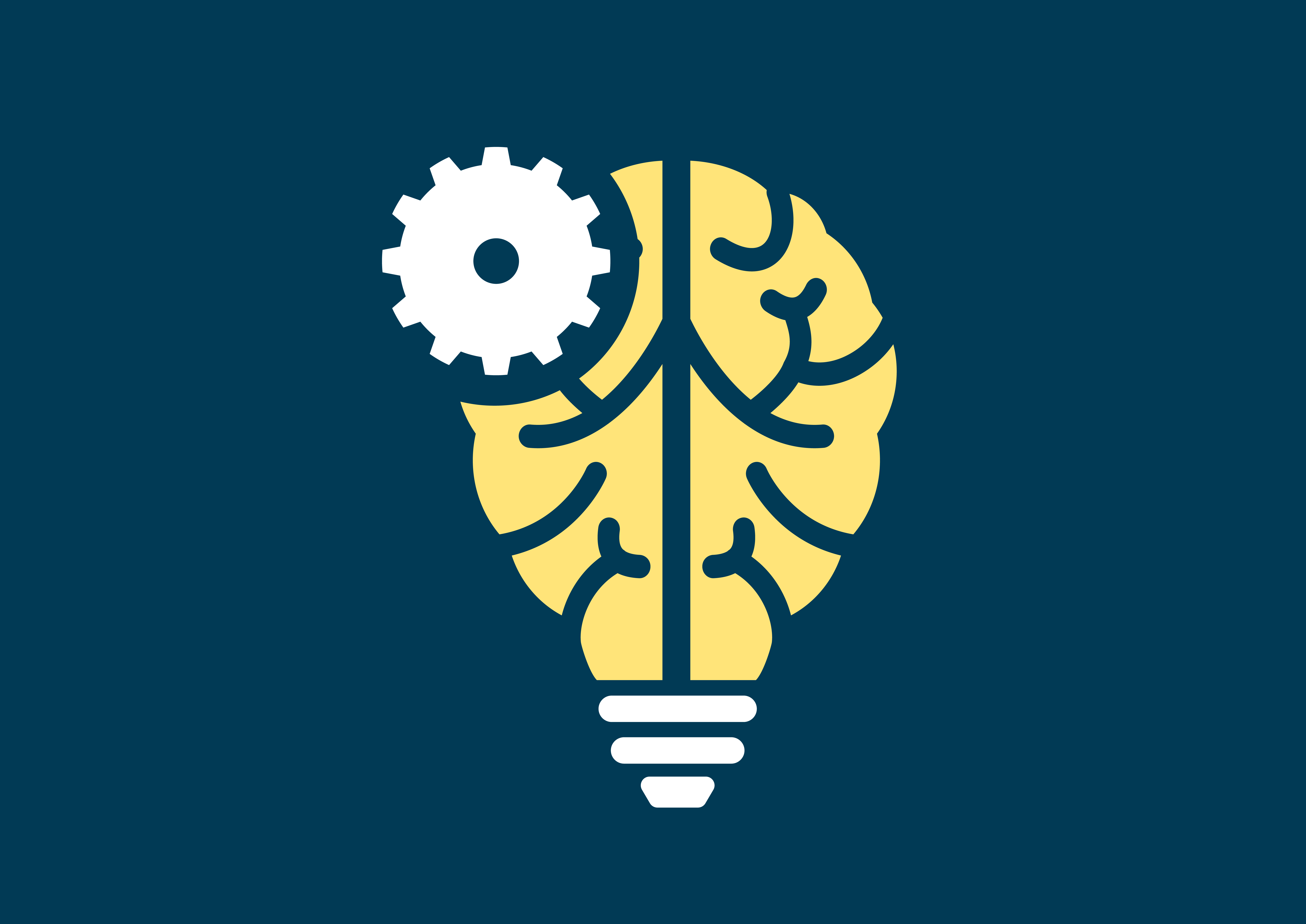News Blast
Your daily source for breaking news and insightful articles.
Machine Learning Mysteries Revealed
Unlock the secrets of machine learning! Dive into intriguing insights and revelations that will elevate your understanding today.
Demystifying Neural Networks: How They Really Work
Neural networks are a subset of machine learning models inspired by the structure and function of the human brain. They consist of interconnected nodes, or neurons, arranged in layers that process and transform data. Each neuron receives input data, applies a mathematical function, and passes the output to the next layer. This layered architecture allows neural networks to learn complex patterns and relationships in data, making them effective for tasks such as image recognition, natural language processing, and more. As data flows through the network, each connection between neurons is assigned a weight that adjusts over time during the training process, enabling the system to improve its predictions.
Understanding how neural networks operate involves grasping key concepts such as activation functions, training algorithms, and backpropagation. Activation functions introduce non-linearity into the model, enabling it to learn from more complex data patterns. During training, the network is fed a dataset, and it adjusts the weights of connections based on the prediction errors using backpropagation. This iterative process continues until the model accurately predicts outcomes. By demystifying these components, we can appreciate the power of neural networks and their growing impact across various industries, from healthcare to finance.

The Secrets Behind Supervised vs. Unsupervised Learning
Supervised learning and unsupervised learning are two primary approaches in machine learning, each serving distinct purposes and methodologies. In supervised learning, algorithms are trained on labeled datasets, where each input is paired with the correct output. This is akin to a teacher guiding students, providing them with examples to learn from. Common applications include image classification and speech recognition, where the model learns to predict outcomes based on historical data. Whether it's predicting house prices or classifying emails as spam or not, supervised learning thrives on data quality and
enclosed labels.
On the other hand, unsupervised learning operates without labeled outputs, allowing the system to discover underlying patterns and structures in the data. This approach is valuable for tasks such as clustering and dimensionality reduction, where the goal is to identify natural groupings within the dataset. For example, in marketing, businesses might use unsupervised learning to segment customers based on purchasing behavior without predefined categories. Ultimately, the choice between supervised and unsupervised learning hinges on the specific objectives and the availability of labeled data, making it crucial to understand both methods in the evolution of machine learning.
5 Common Misconceptions About Machine Learning Explained
Machine learning is often surrounded by various misconceptions that can lead to confusion and misinterpretation of its capabilities. One of the most common myths is that machine learning can operate solely on its own without human intervention. In reality, machine learning systems require careful tuning and substantial input from data scientists for them to be effective. In fact, it's the combination of high-quality data and human expertise that enables these systems to find patterns and make predictions.
Another prevalent misconception is that machine learning equates to artificial intelligence (AI). While machine learning is a subset of AI, it is not synonymous with the whole field. AI encompasses a broader range of technologies and approaches, including rule-based systems and other algorithms. To clarify, while machine learning relies on data and improves through experience, AI denotes a more expansive ambition to replicate human cognitive functions.